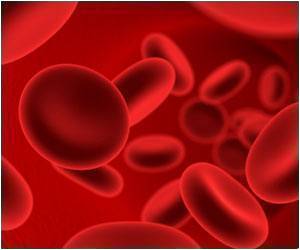M.S. Dhoni's Class of 2011 sealed a first ever all-win record at home in the IPL, as Chennai Super Kings defeated Kochi Tuskers Kerala by 11 runs at the M.A. Chidambaram Stadium on Wednesday.
The result, which assured CSK of a play-off spot, sent the side to the top of the table and snuffed out any chance that KTK might have had of making it past the league stage.
With Tuskers appearing flat for large stretches of the contest, the home side was hardly required to resort to the extraordinary — none of its batsmen crossed fifty and no bowler picked up more than the solitary wicket.
Dhoni elected to bat, setting in motion a series of by now predictable events, which have resulted in six of CSK's seven wins at Chepauk.
The side stitched together a competitive total — 152 for five — which its spinners, despite some late hitting by Brad Hodge (who was dropped when he was 19 by an alarmingly nonchalant M. Vijay in the deep), defended without alarm.
R. Ashwin's (4-0-16-1) three Power Play overs went for nine runs and he also picked up a wicket.
Despite Brendon McCullum (33, 37b, 3x4) and Hodge (51 n.o., 42b, 3x4, 2x6) spending significant time at the crease, KTK could not reach the target.
In what was a reflection of CSK's all-round bowling strength, the defending champion made light of its pacemen's off-day. Albie Morkel did not bowl a single over.
And Doug Bollinger and Dwayne Bravo went for plenty. Still, Ashwin, Suresh Raina and Shadab Jakati did what was asked of them, starving the visitor's chase of momentum.
The hitherto unused Wriddhiman Saha turned out to be CSK's batting hero, playing a knock that was cast from the same die as that of the entire innings.
The reserve wicketkeeper struggled early on, making 9 off 14 balls at one stage, and was reprieved when Parthiv Patel missed a stumping chance but came up with the big hits at the death, to take the home side to a fighting score.
Michael Hussey (32, 37b, 2x4) dropped anchor, managing to get a shot off to the boundary after 28 balls of struggle and was perhaps forced into circumspection with the steady fall of wickets. Vijay, Raina and S. Badrinath all fell at the end of a productive series of balls during which they had managed to clear the fence at least once.
Parthiv did not enjoy a good return to the ground where he plied his trade for three previous seasons, missing as many as three chances and when he did pouch Hussey, Rudi Koetzen turned the legitimate appeal down. Dhoni departed not long after Hussey was dismissed holing out, but CSK's batting depth — Bravo comes in at no. 8 — allowed for such sputter and choke, as Saha and Albie Morkel added 36 runs in three overs and a bit at the death.
 Incident 2day
Incident 2day
































